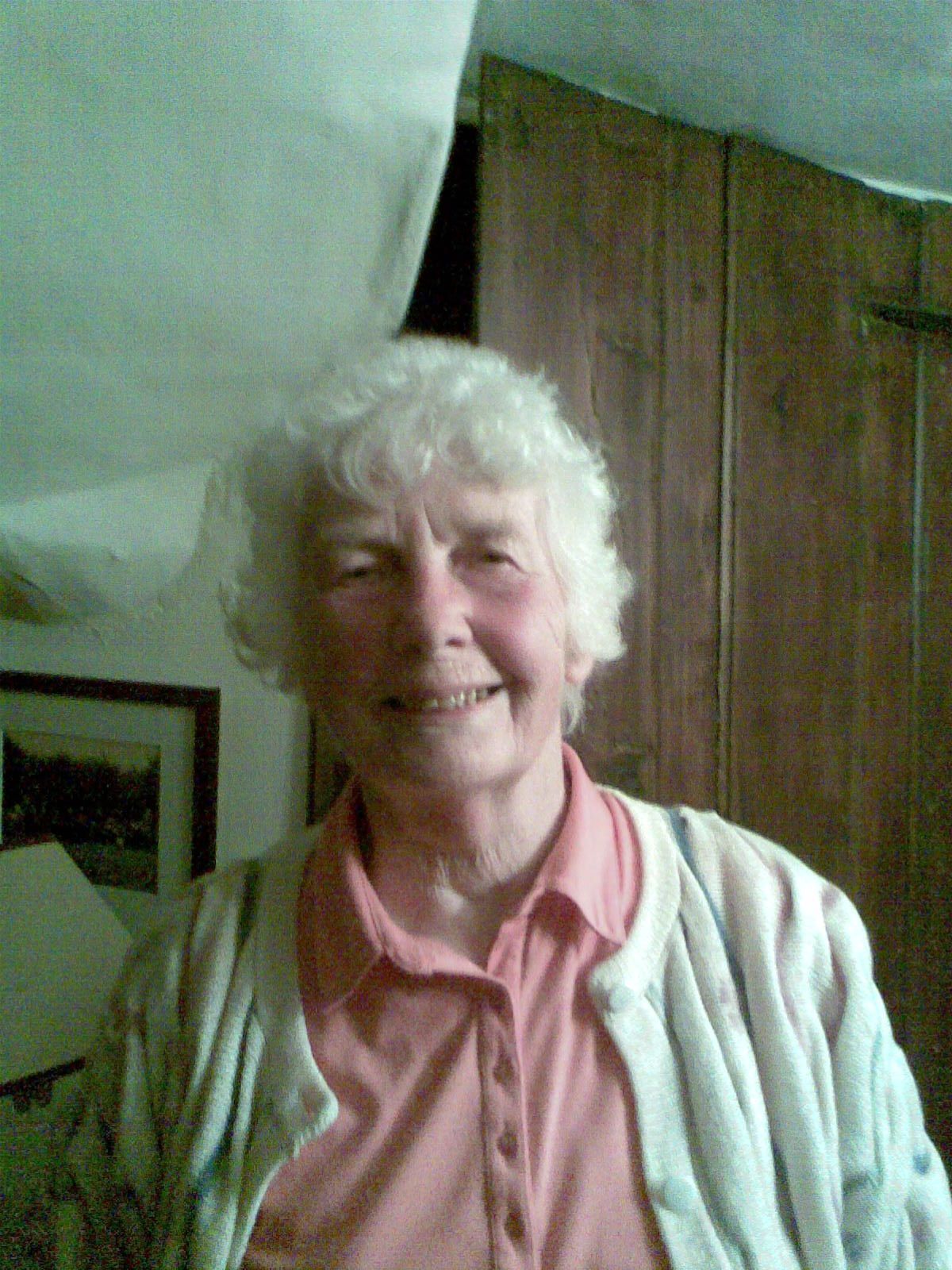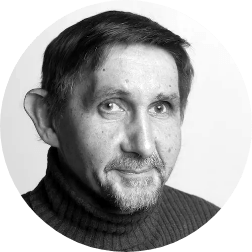A post on Facebook recently piqued my interest in Batman. I’ve always preferred Batman to any of the other Superheroes on the grounds that he is human and has the most interesting enemies! It would make a fascinating piece to look at his enemies and muse about what parts of himself they might represent. So Catwoman might represent his struggle with the feminine aspects of himself. The Joker his struggle with his own anarchic elements. And so on. Which does connect with the aim of this blog, which is to look at the hidden parts of Batman.
The origins of Batman are fascinating. He was created by Bob Kane and Milton “Bill” Finger in 1939. Kane was born Robert Kahn and was of Jewish descent and subsequently changed his name to Kane, presumably linked to his wish to protect his Jewish identity. His collaborator, Milton Finger, was not initially acknowledged as a co-creator of Batman although this was eventually corrected. I was intrigued by this small piece of information. The identities of Batman’s creators is about hidden-ness. Kane wants to hide something about himself and Finger is lost for a number of years. We might wonder how much of this is played out in Batman’s life as he continually struggles to reconcile his two identities as Batman and Bruce Wayne. Then we also have the fact that Batman is born out of loss and absence. Bruce Wayne’s parents are murdered and from this trauma Batman is born.
In my clinical work, very many of my patients have forged an identity out of loss. Most often the loss of a parent or parents. This loss is by no means only about physical loss in death. Frequently it is the experience of a parent or parents who were absent emotionally or who failed to connect with an important part of their child’s emotional development. It is one of those ironies that many of us in the “caring professions” choose this work to recompense for an experience of lack in our own early lives. The fantasy runs that if I can make this person better, I can also help myself. This is fine as long as our patients play by the rules and get better. Problems arise when they do not get better despite our best attempts. Hell hath no fury like a carer scorned! (A point I made continuously to my student nurses when I was lecturing. Some of them may have heard me!) Our Superheroes have no purpose to their lives if their interventions are not wanted. Hard to picture Superman sitting quietly playing Sudoku. Or Catwoman quietly knitting clothes for her grandchildren.
The other theme I want to touch on here is that of Masks, much loved by many of the Superheroes. The etymology of “mask” carries at least two seemingly conflicting ideas. One is the idea of something sinister, nightmarish or ghostly. A spectre. The other sense is that of buffoon or mockery. Epitomised by the Jester or Fool in the medieval court and viewed as an archetypal figure by Jung in the person of the Trickster. Each of these personae are present in Batman and his kin. They break all the rules with impunity but in the name of Justice. They make choices that make sense only to them. ( I remember when Dungeons and Dragons first came out as a “board game” it included the character alignments of Chaotic Good and Chaotic Evil. I thought this a fascinating choice and often wondered which personality type was the more dangerous.) To go back to the notion of spurned carers / Heroes etc, this duality is what hides behind the mask. We can begin to imagine the mix of feelings that drives a child whose parents are murdered. Guilt, Fear, Rage, Revenge, Shame, Misery, Loneliness. The list is long and potent. Without Batman, Bruce Wayne may well not have been able to survive. In his novel “The Secret Speech” the author, Tom Rob Smith describes a character in this way. He was “… a man who couldn’t pass judgement without passing judgement on himself.” That would make a good epitaph for Batman.
Don't give up








